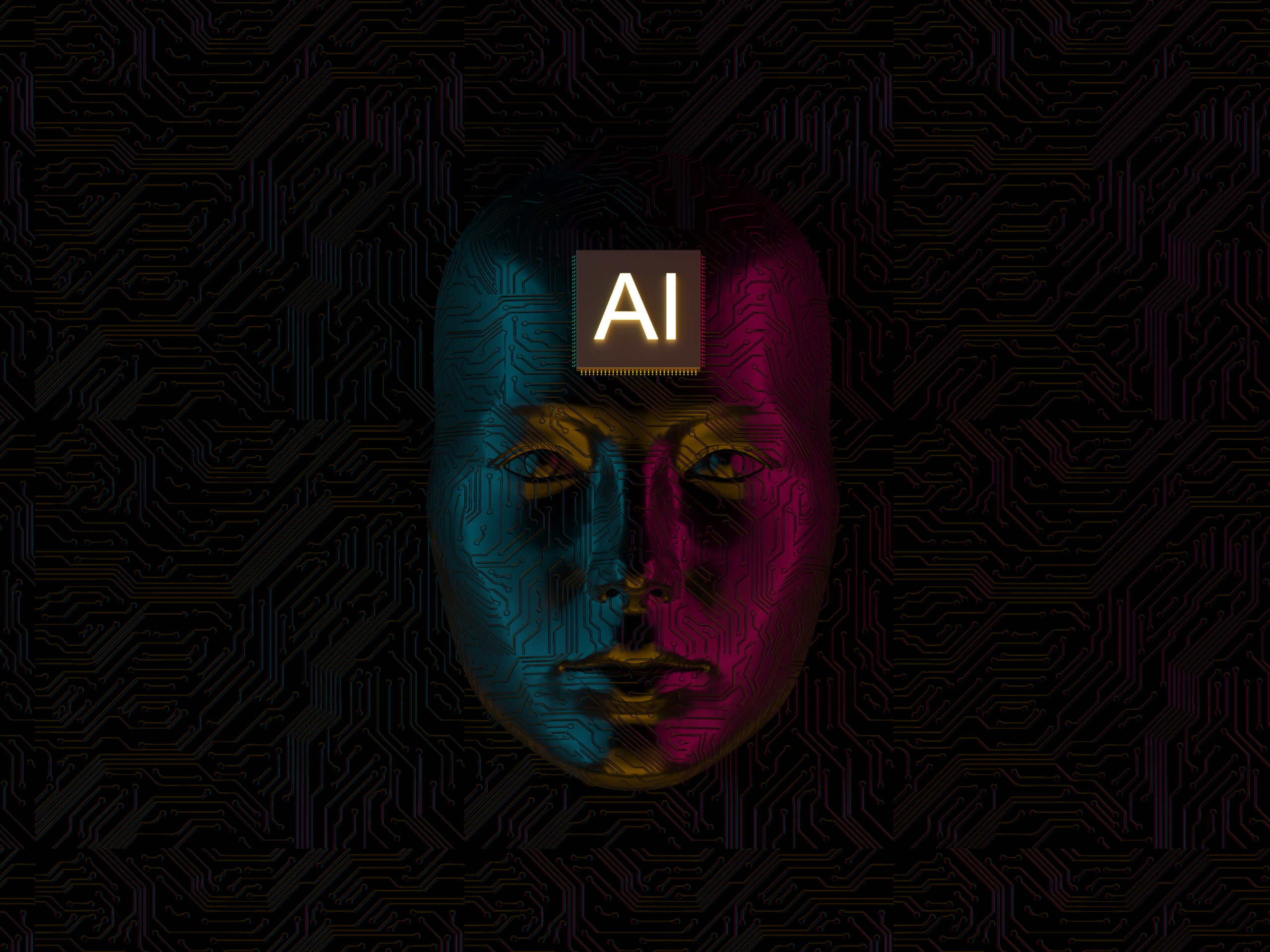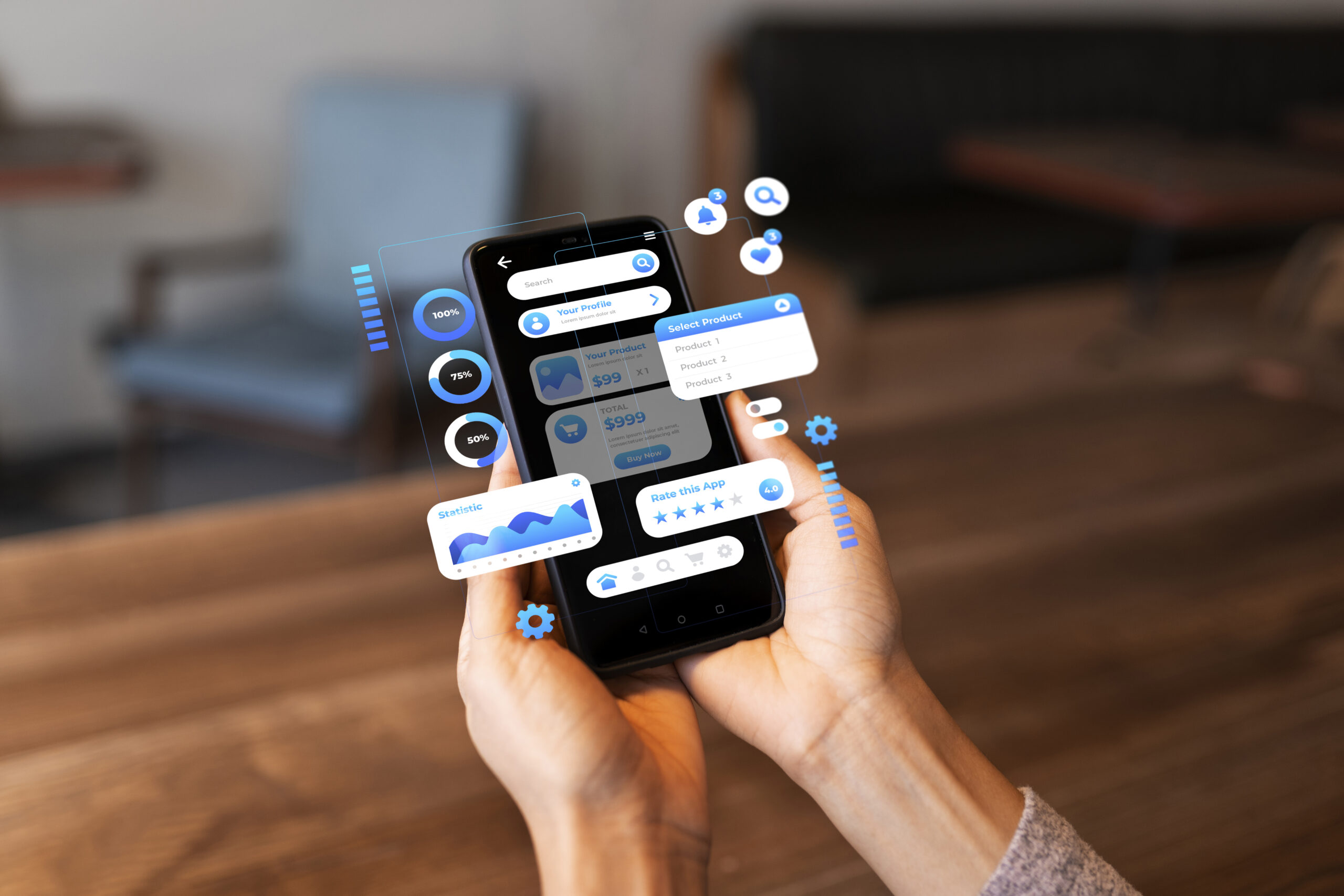Artificial intelligence has been evolving rapidly, from narrow task-based models to generative AI tools capable of creating content and solving complex problems. Now, a new paradigm is emerging—Agentic AI. As the next major leap in autonomous systems, Agentic AI represents a shift toward more proactive, decision-making, and goal-oriented agents that can operate with a high level of autonomy.
While traditional AI responds to commands, Agentic AI acts independently to accomplish objectives. It doesn’t just answer a prompt or generate a response; it plans, executes, and adapts to achieve a result. This leap forward is driving transformational change across industries like software development, cybersecurity, logistics, healthcare, and beyond.
In this blog, we’ll explore what Agentic AI is, how it differs from conventional AI, and why it’s the next frontier in intelligent automation.
What is Agentic AI?
Agentic AI refers to AI models and systems that function as autonomous agents, capable of:
- Setting goals
- Making decisions
- Taking initiative
- Interacting with other systems or environments
- Learning from feedback and iterating
These agents don’t wait for human input for every step. They assess, decide, and act in pursuit of a defined mission.
For example, imagine a software agent that is assigned to improve a website’s SEO. Instead of just analyzing keywords, an Agentic AI would research competitors, draft content ideas, evaluate rankings, run A/B tests, and keep improving over time—all with minimal supervision.
This proactive, goal-driven intelligence makes Agentic AI ideal for complex workflows, task automation, and dynamic decision-making environments.
How Agentic AI Differs from Traditional AI
Most AI models we interact with today are reactive. ChatGPT, for instance, generates responses based on prompts but does not independently decide to start or complete tasks.
Here’s how Agentic AI stands apart:
| Feature | Traditional AI | Agentic AI |
| Input Style | Prompt-based | Goal-based |
| Behavior | Reactive | Proactive |
| Autonomy | Low | High |
| Iteration | One-and-done | Continuous learning & execution |
| Decision-making | Human-dependent | Self-directed |
Agentic AI combines multiple capabilities such as planning, memory, tool use, recursive loops, and feedback handling. These features allow it to operate like a human assistant or co-pilot in digital tasks.
Commercial Applications of Agentic AI
Agentic AI is already showing commercial potential across sectors:
1. Software Development
Tools like Devin by Cognition Labs or GitHub Copilot are evolving toward autonomous agents that can:
- Read and understand codebases
- Write and debug code
- Run and test software
- Make development decisions independently
This level of autonomy can dramatically increase developer productivity and reduce software delivery time.
2. Customer Support Automation
Agentic AI agents can manage full support cycles:
- Understand user issues via conversation
- Search documentation
- Trigger backend operations (reset passwords, process refunds)
- Escalate only when necessary
This not only improves customer satisfaction but reduces support team workload.
3. Cybersecurity Monitoring
Agentic systems can monitor networks, detect anomalies, and take preventative action without waiting for human intervention. Companies like Darktrace are leading in this area.
4. Healthcare Support
In clinical settings, agentic tools can assist with:
- Patient triage and follow-ups
- Monitoring vitals and alerts
- Recommending diagnostic pathways
- Administrative workflow management
With patient safety in mind, these agents enhance, not replace, human judgment.
5. Operations & Logistics
From supply chain management to warehouse automation, agentic tools are capable of forecasting, optimizing routes, reallocating resources, and even managing inventory in real time.
The Architecture Behind Agentic AI
Agentic AI is typically composed of several integrated components:
- Large Language Model (LLM): For comprehension and interaction
- Planning Engine: Sets goals and determines steps
- Memory Module: Retains context, tasks, and results
- Tool Usage: Can access APIs, databases, browsers
- Feedback Loop: Learns from failures or performance data
This modular architecture allows agents to function over time, across complex environments, and improve iteratively.
A practical example is Auto-GPT or BabyAGI—open-source projects that demonstrate how LLMs can chain tasks, evaluate outcomes, and continue until goals are met.
Agentic AI and the Future of Work
As more businesses embrace intelligent automation, Agentic AI is poised to redefine workflows:
- Digital employees: Tasked with admin work, data entry, and reporting
- AI co-pilots: Collaborating with teams in real time
- Intelligent assistants: Managing calendars, emails, and to-dos based on real intent
In fact, McKinsey projects that by 2030, over 30% of repetitive digital tasks could be handled by agentic systems, leading to both productivity gains and workforce shifts.
Risks and Ethical Considerations
With autonomy comes responsibility—and risk.
Key concerns include:
- Control and alignment: How do we ensure agents act within ethical and legal bounds?
- Over-dependence: Could we lose critical skills by outsourcing too much?
- Transparency: How can we audit or trace decisions made by agents?
Frameworks like Responsible AI and Explainable AI (XAI) must be integrated into agentic systems to ensure accountability and human oversight.
Leading Companies and Projects in Agentic AI
Several organizations are pioneering this shift:
- OpenAI: With ChatGPT plugins and function-calling architecture
- Cognition Labs: Creator of Devin, the first AI software engineer
- LangChain & Auto-GPT: Open-source ecosystems for chaining LLMs into agents
- Microsoft Copilot: Moving toward more proactive business tools
These players are not just building tools but reimagining how humans and machines collaborate.
Final Thoughts
The emergence of Agentic AI marks a pivotal moment in the evolution of artificial intelligence. These goal-driven, autonomous systems are more than tools—they are digital collaborators with the capacity to transform workflows, amplify productivity, and unlock innovation across every sector.
As this field matures, the real opportunity lies in building systems that are not only smart but also safe, ethical, and aligned with human values.
Agentic AI is not just the future of automation. It is the future of intelligent autonomy.






